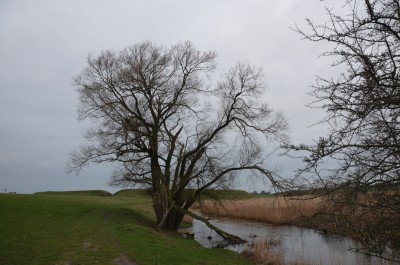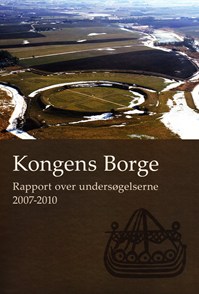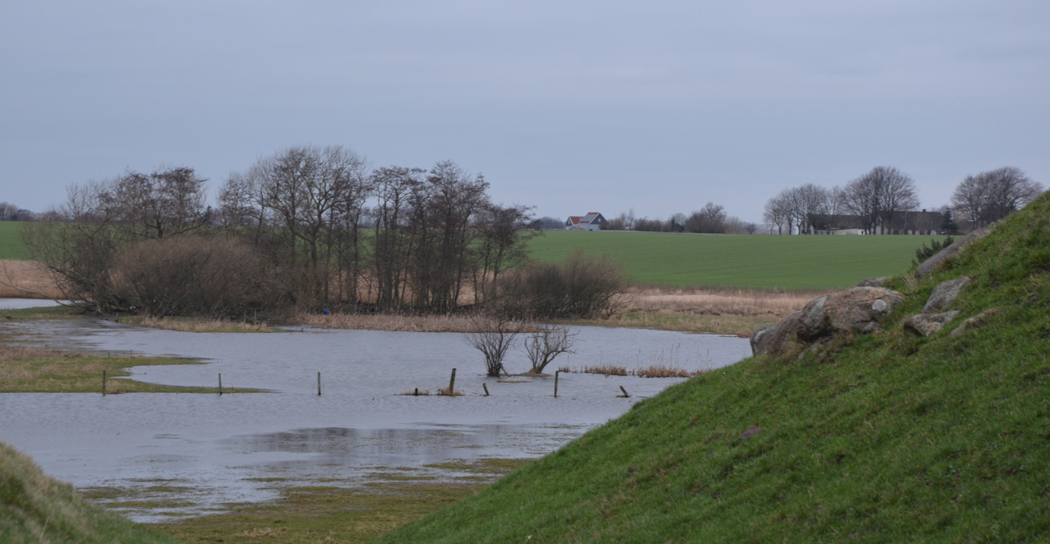The Ring Fortresses of Harold Bluetooth represent a remarkable engineering feat of 10th century Scandinavia. New book presents the latest research
Trelleborg, Aggersborg, Fyrkat, Nonnebakken and now Vallø are five of the most intriguing witnesses to the grandeur of the Royal project of Harold Blutooth.
Although they differ slightly in terms of size and the type of fortifications (some were fitted with moats, others not), it is obvious the circular fortresses were all built to the same specifications around AD 970 to 80. It is immediately obvious that the individual fortresses functioned as parts of a larger military system. However, the exact character of this military complex and its function (s) has been heavily debated for a long time. Were they defensive structures? Meant as ports for ships going on state-sanctioned Viking raids? Or were they perhaps regarded as ready camps for fugitives?
One of the challenges in answering these questions, is that there is in fact a lot to be learned from further excavations in and around the fortresses. Some of these are being withheld as part of the general opinion among archaeologists that it pays of to let future and more clever archaeologists do the work. Other explorations have simply not been carried out as yet.

Between 2007 – 10 a specific set of questions were raised and a number of archaeological explorations were undertaken in order to answer these. The overall question was whether it had been possible to sail up to the fortresses and to what extent this had played a part in their location.
Recently the finds from this campaign were published in a report. The overall conclusion was that yes, the fortresses had been built in close connection with central transport routes running through the landscape and that they especially had access to the central water ways of that time. Whether located on the open coast as Aggersborg or on rivers like Fyrkat and Trelleborg, it was definitely possible to sail up through the waterlogged foreland and marshy wetland. However, only at one of the fortresses (Trelleborg) has it been possible to find remains of actual handling of Viking ships. The investigation concludes by pointing to the fact that actual shipyards might have been located even further inland, where sourcing of tree was simply easier.
The results of the excavations and explorations from 2017 – 2010 were recently published. Although in Danish, there is a very extensive English summary and anyone especially interested in the warfare of the Vikings should try and lay their hands on it.
 Kongens Borge [The Fortresses of the King]
Kongens Borge [The Fortresses of the King]
Rapport over undersøgelserne 2007-2010
By Andres Siegfried Dobat (ed)
Århus University Press 2013
ISBN 978 87 888415 76 6
READ MORE:
New Viking Ring Fortress Discovered
Viking Age Base-Camps along the Dutch Coast
